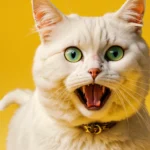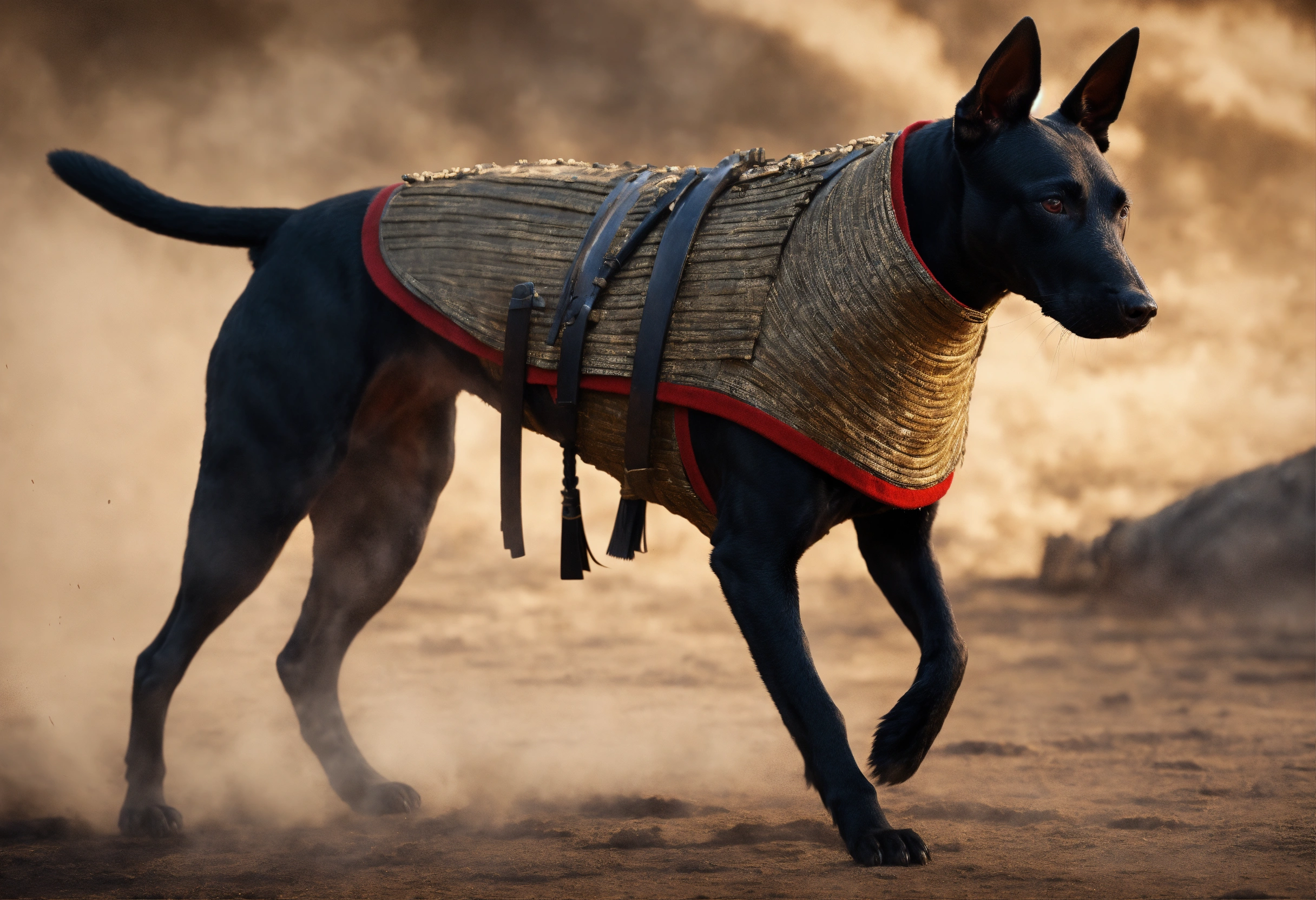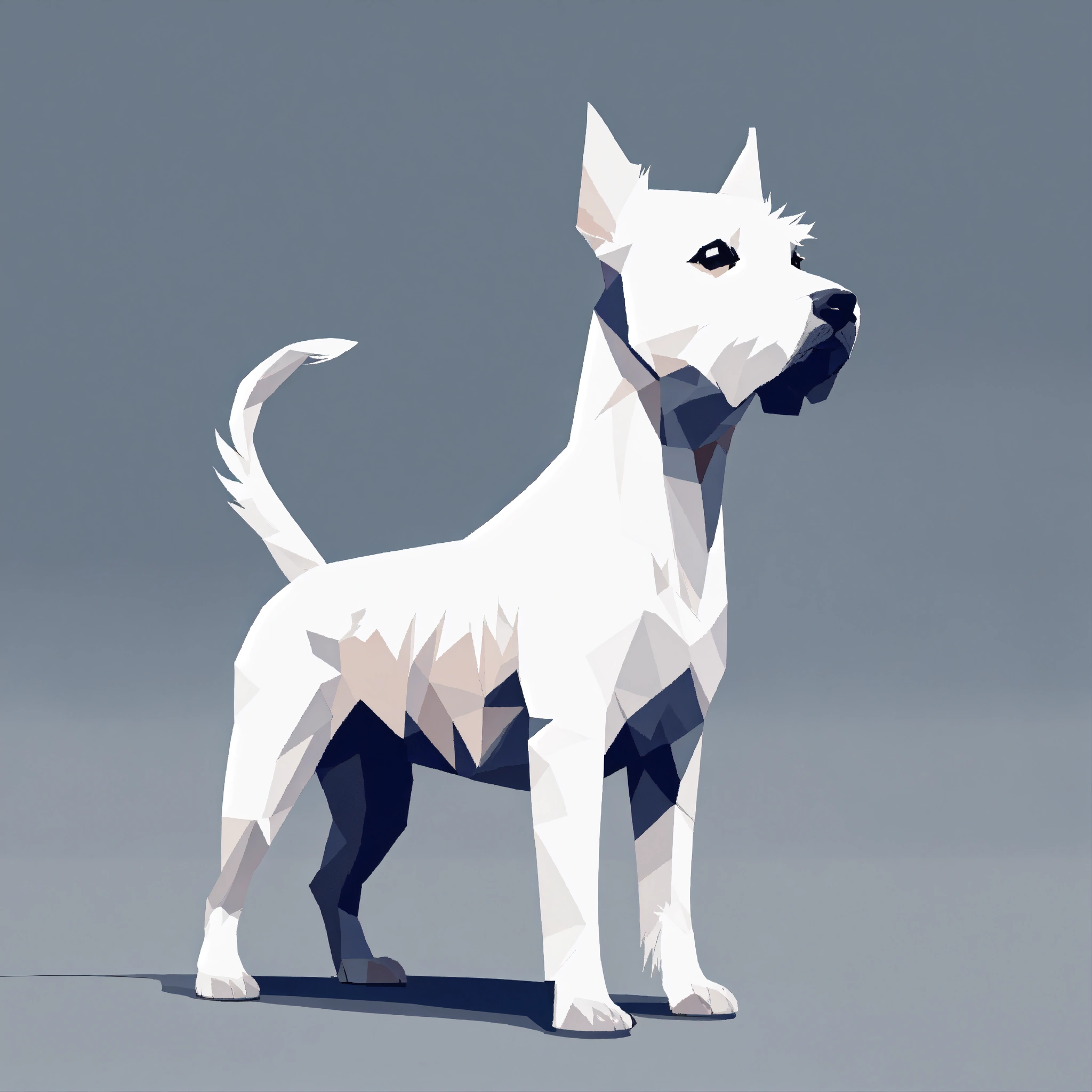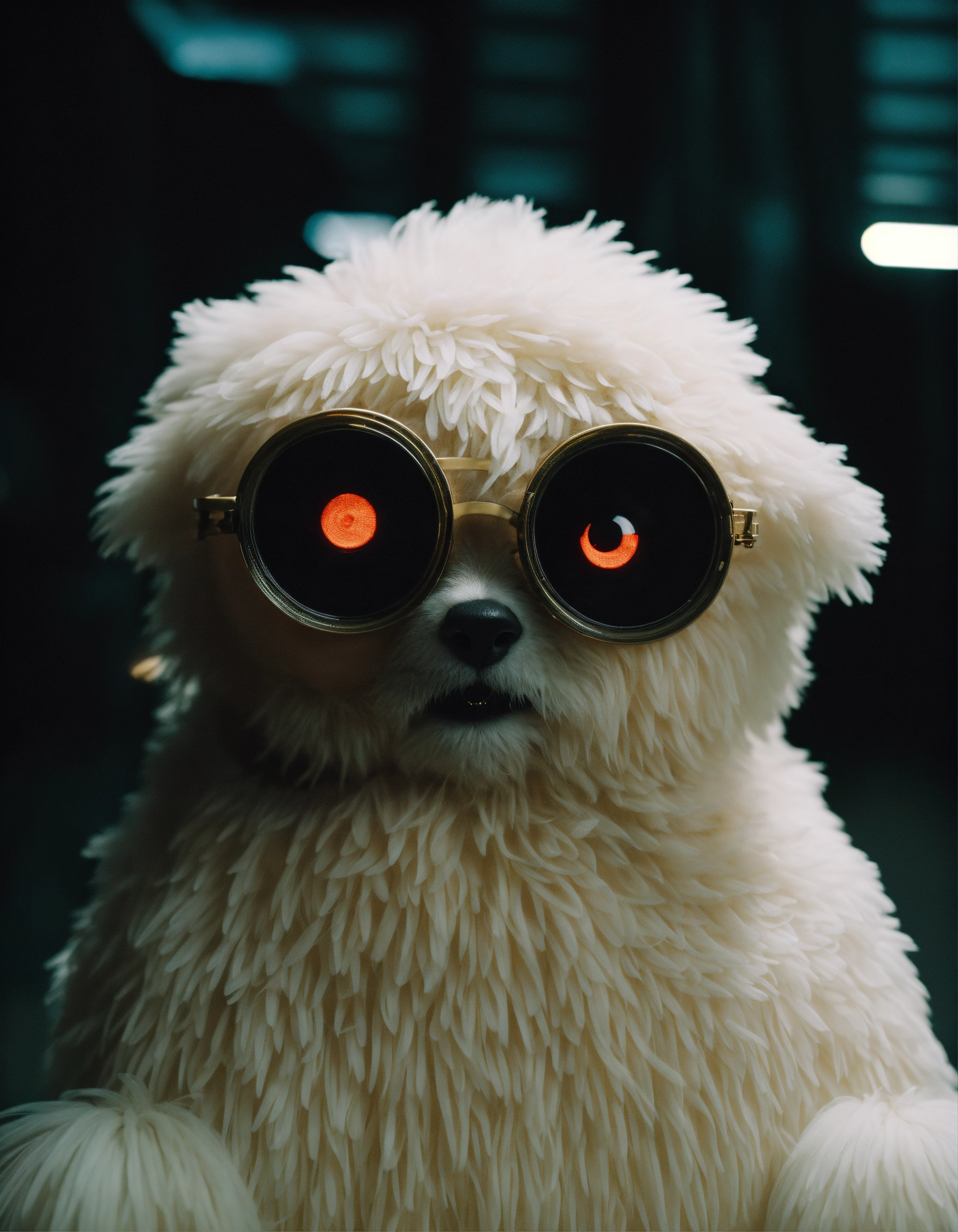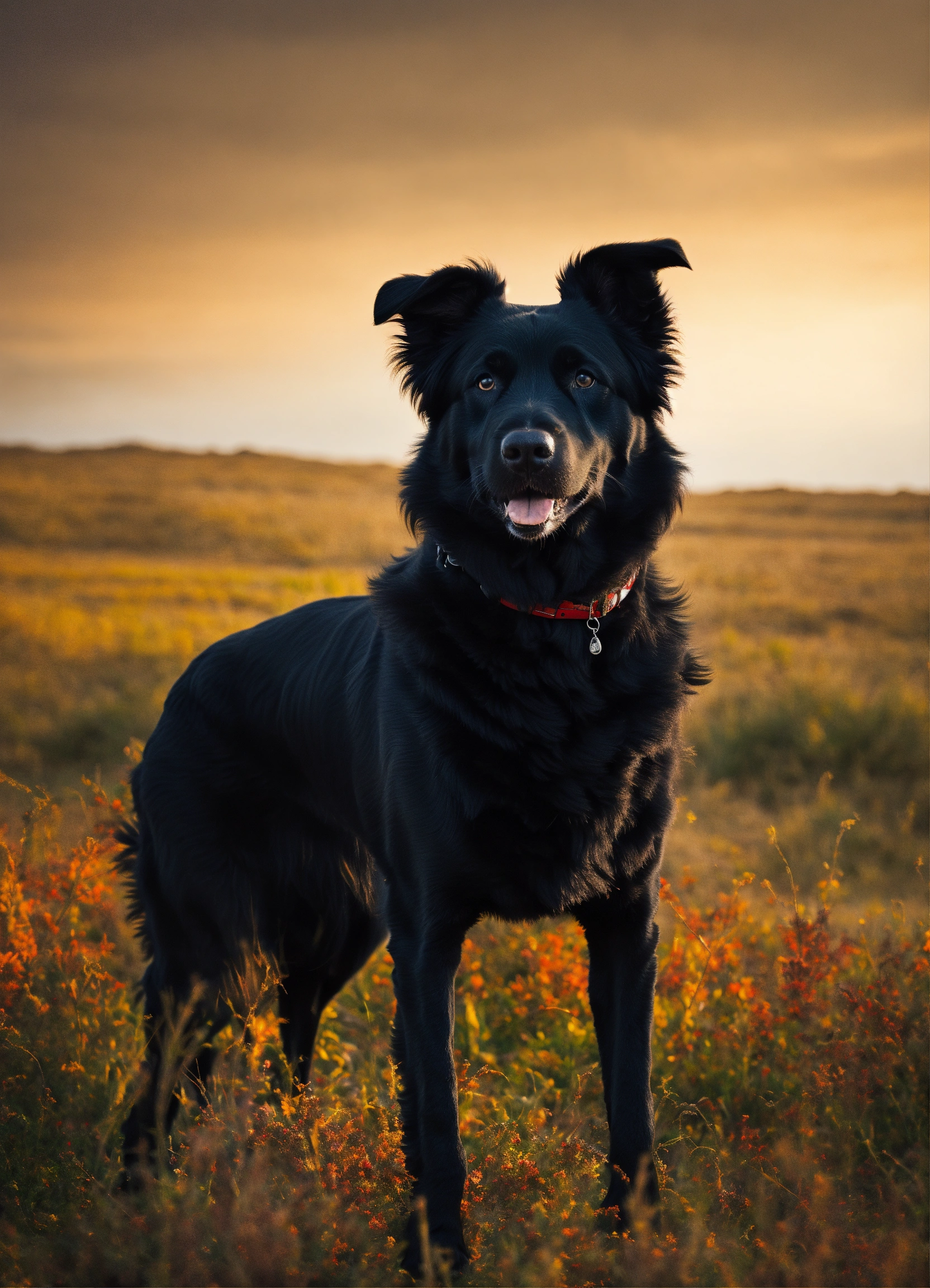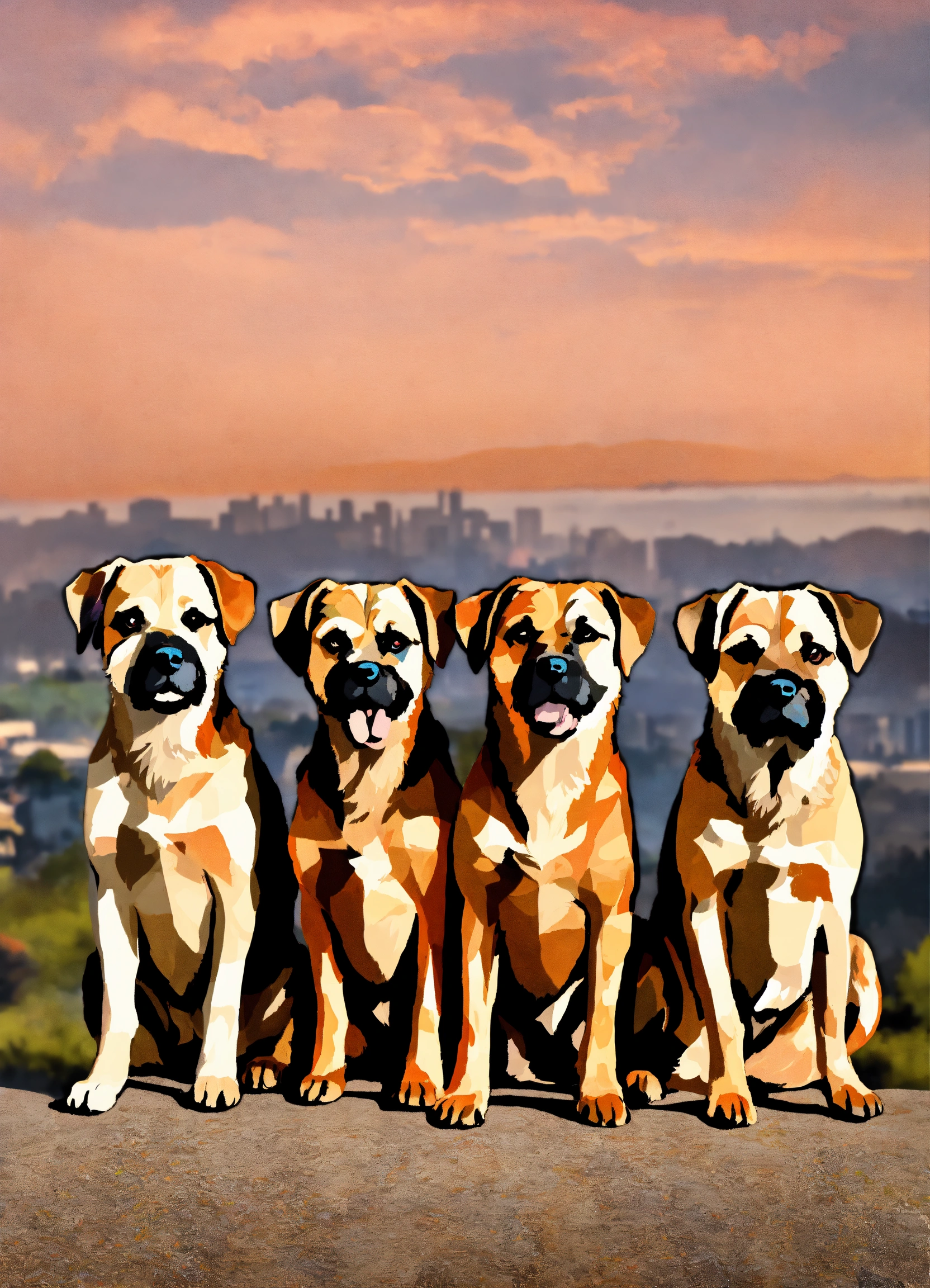Throughout history, dogs have been selected and bred for their specific abilities such as hunting, guarding, and companionship. But what about extinct dog breeds?
Unfortunately, not all of them survived the centuries. Some became extinct due to changes in human lifestyle, natural disasters, or because they were supplanted by other, more adaptable breeds.
Want to know more about extinct dogs? Then keep reading and learn about some of these ancient dog breeds that have disappeared!
1. Kuri
The Kuri is one of the dog breeds that has become extinct throughout history. Additionally, they were native to New Zealand, brought over by the Maori in their ancestral canoes. Furthermore, this breed played an important role in the cultures of the indigenous people, both as companions and as a source of food.
They were small, with dense fur and were often used in rituals and ceremonial attire. The arrival of Europeans and their dogs led to the interbreeding and eventual disappearance of this breed.
2. St. John’s Water Dog
The direct ancestor of modern Labradors and Golden Retrievers, the St. John’s Water Dog was native to Newfoundland, Canada. These dogs were excellent swimmers, used primarily to assist in fishing and hunting, and were known for their ability to retrieve nets and fish.
The breed disappeared in the early 20th century due to government restrictions on the number of dogs each family could keep and a lack of interest in pure breeding.
3. Toy Bulldog
Unlike its larger relatives, the Toy Bulldog was a breed of small, compact dogs bred in England for their docile and cuddly nature . They were quite popular among the nobility in the 18th century.
These dogs had a flat snout and became famous for their friendly temperament. However, with the emergence of other small breeds, such as Pugs and French Bulldogs, they lost popularity and eventually became extinct.
4. Braco Dupuy
Originating from France, the Dupuy Pointer was renowned for its speed and agility. Dogs of this breed had short fur and muscular builds that made them excellent for long hunting trips.
Unfortunately, with changes in hunting practices and competition from other hunting dog breeds, it disappeared in the early 20th century.
5. Paisley Terrier
The Paisley Terrier , originally from Scotland, was a small dog with a beautiful long, silky coat, and was the basis for the development of the Yorkshire Terrier.
However, over time, breeders have prioritized the Yorkshire Terrier, a more adaptable and popular breed. This has resulted in the disappearance of the Paisley Terrier, which is now on the list of breeds that are no longer bred.
6. Cuban Dogo
The Cuban Dogo, also known as the Cuban Mastiff, stood out as a guard and fighting dog breed, widely used in Cuba. In addition, its function ranged from combat to patrolling plantations, given its territorial instinct.
The strength and tenacity of this breed were recognized, however, with social changes and the end of dog fighting, it lost its usefulness and disappeared, being included in the list of extinct dogs.
Considering these ancient dog breeds that have disappeared due to human actions, it is crucial to reflect on the consequences of these losses. In this sense, an interesting article from BBC Future illustrates how over the centuries, countless eccentric breeds have emerged.
According to the article, many of them did not resist the transformations caused by colonization and the standardization of breeds in the Victorian era, resulting in a significant loss of canine genetic diversity.
The article also discusses a contemporary ethical dilemma: maintaining breeds with low genetic diversity that are susceptible to health problems. In addition, this analysis helps us understand how the history of dogs is shaped by human needs and choices. Many unique breeds have been lost over time.
Studying extinct dog breeds provides a fascinating insight into the evolution of human societies and how our needs, culture, and environments influenced our canine companions. Although these dogs are no longer around, they left a legacy that continues to influence modern breeds in a variety of ways.
